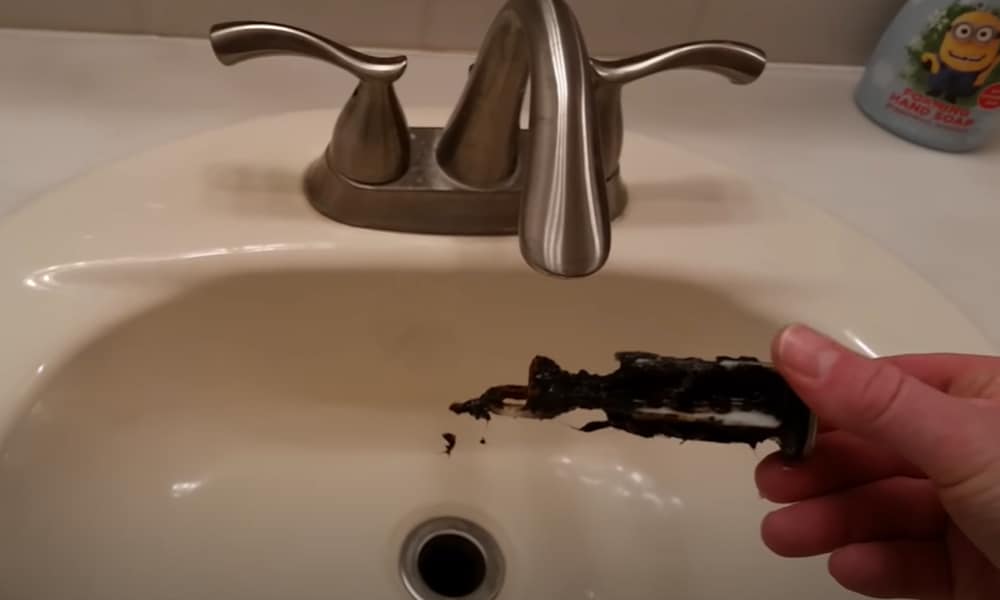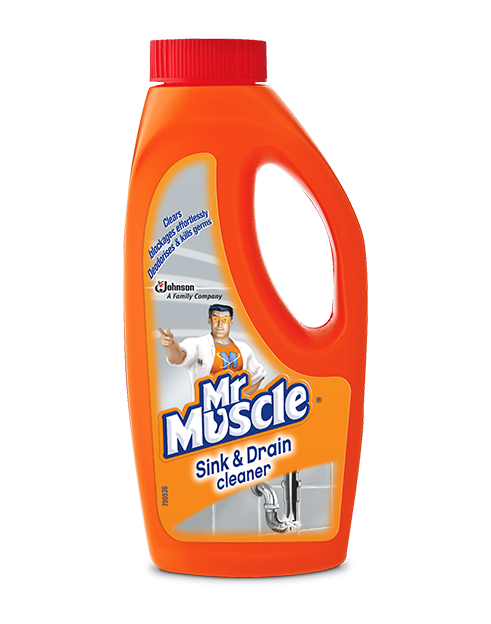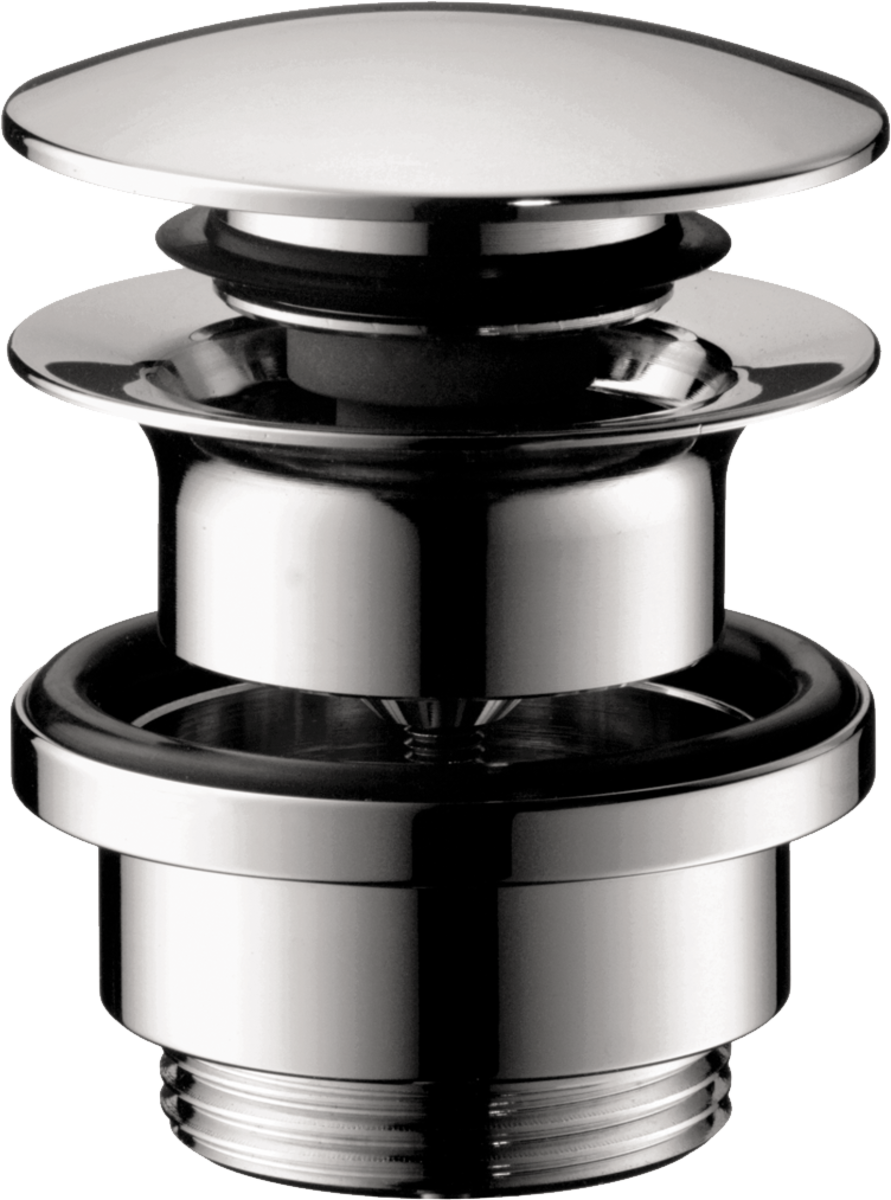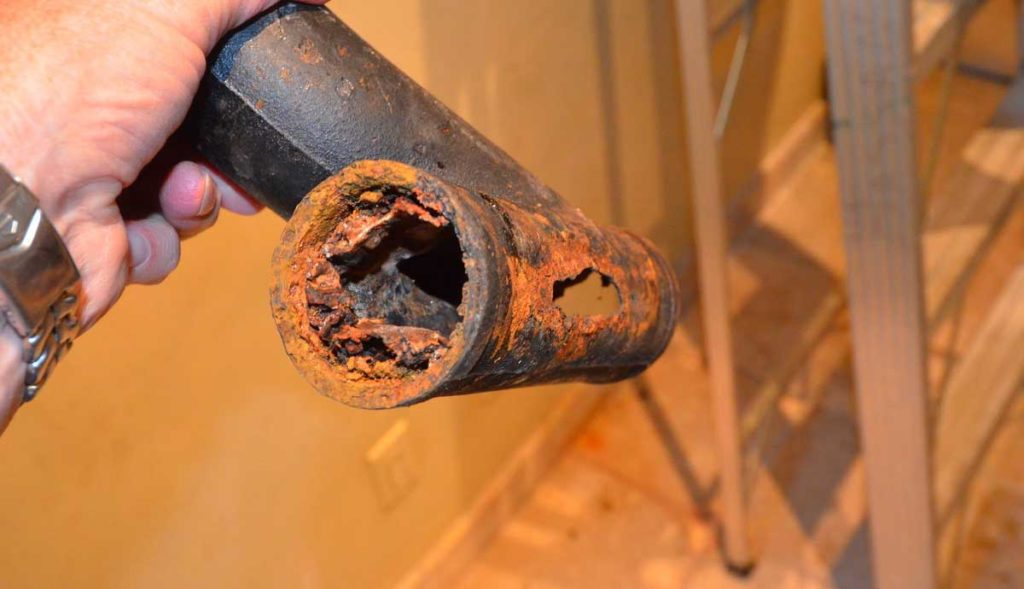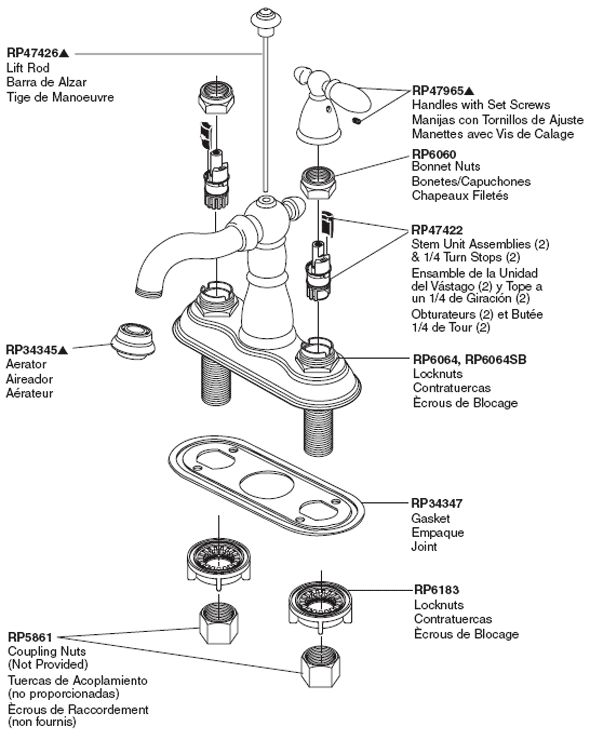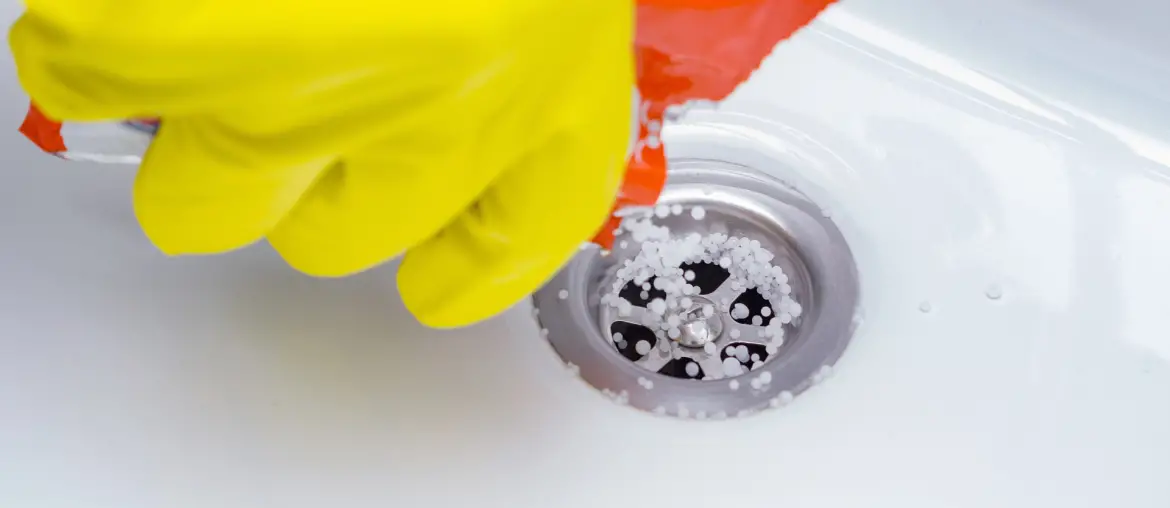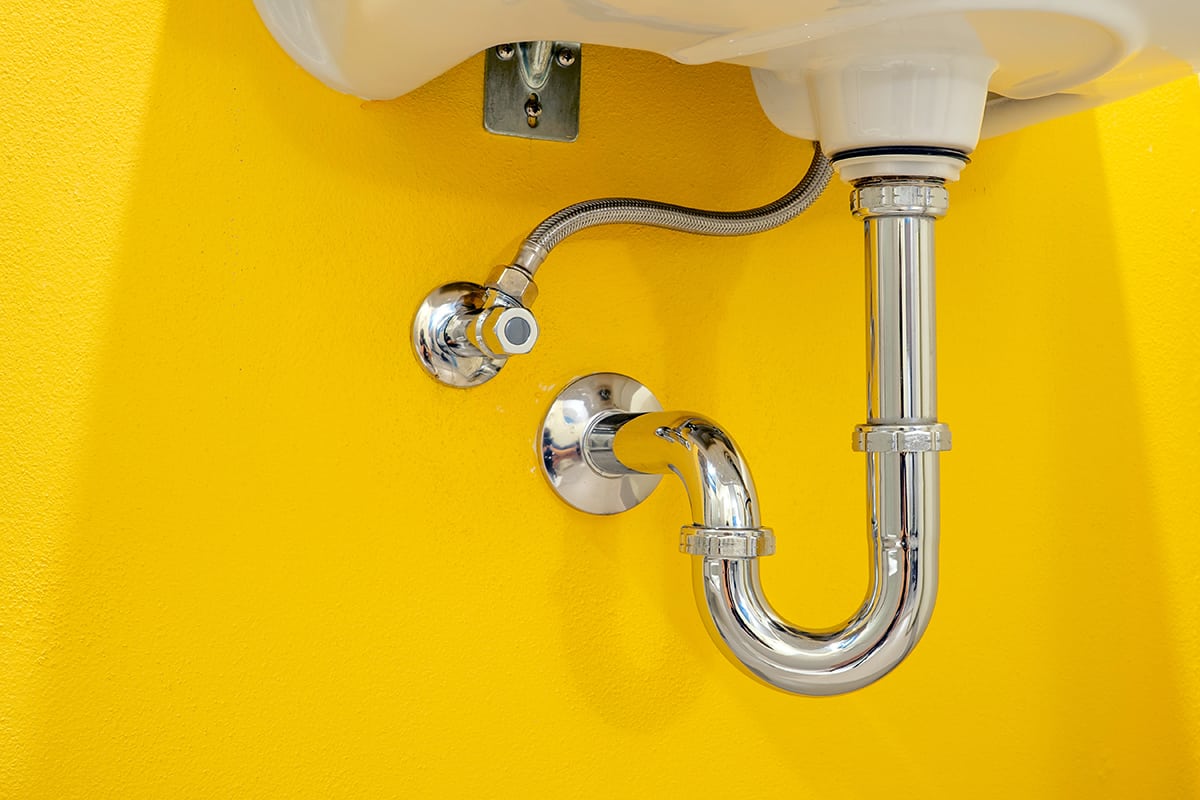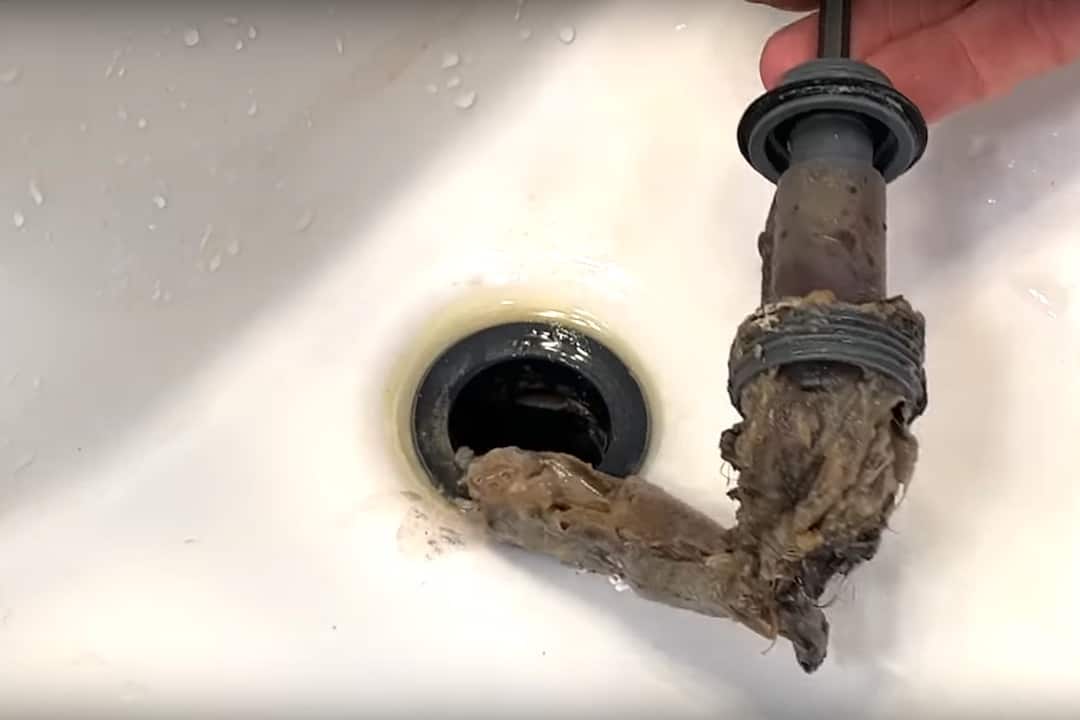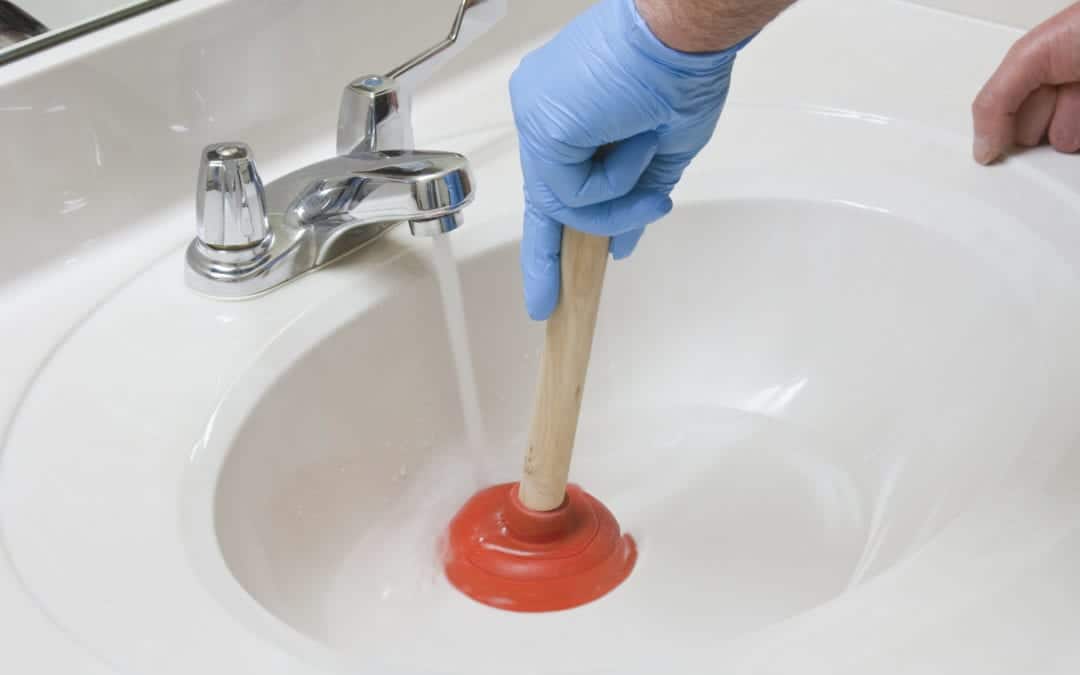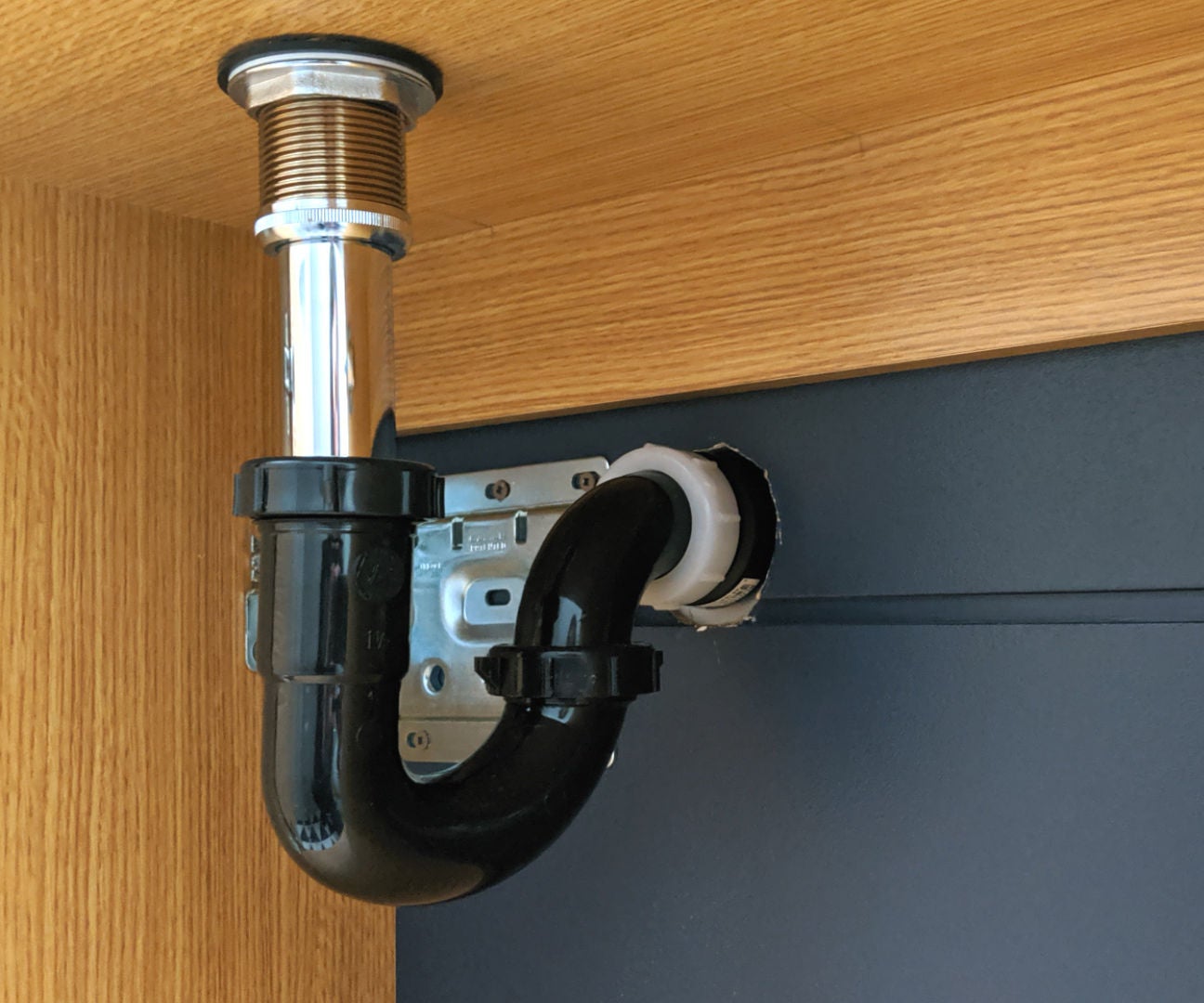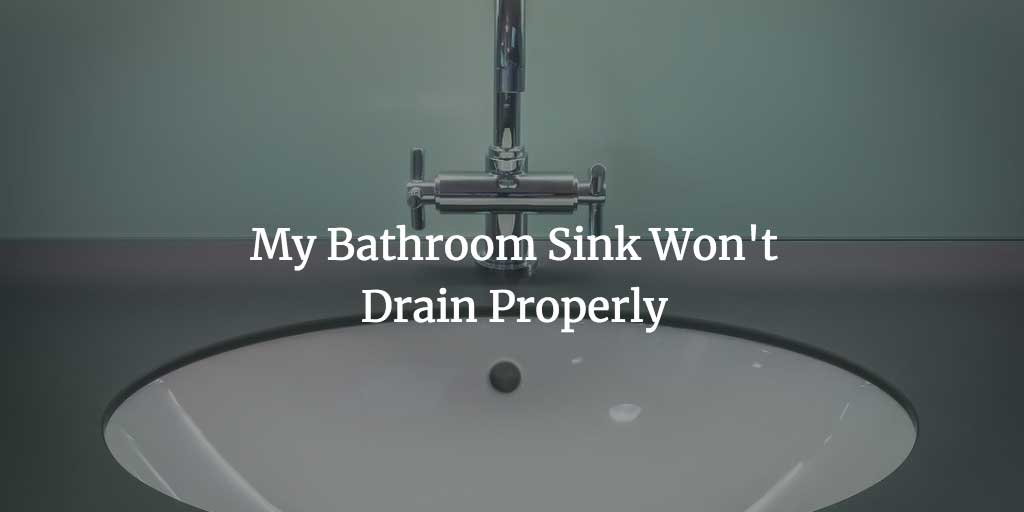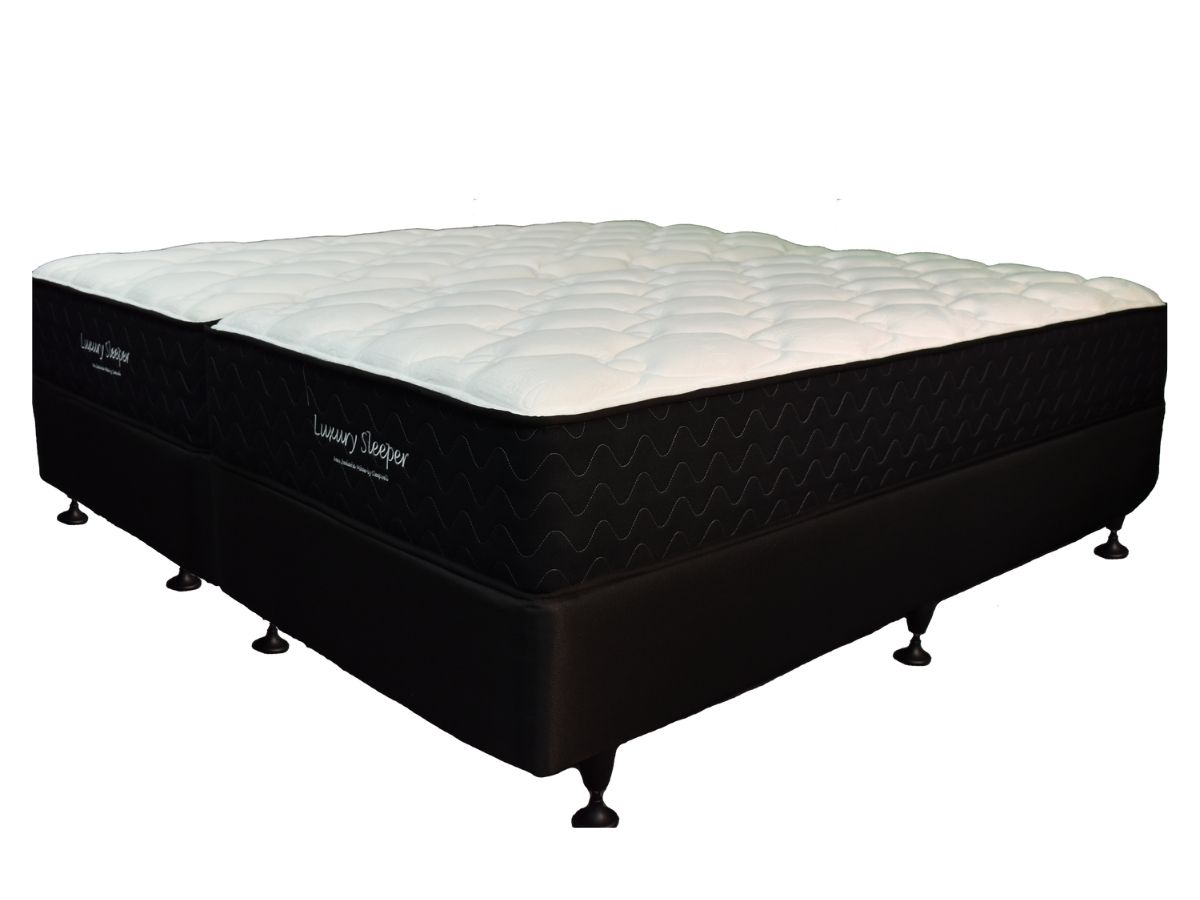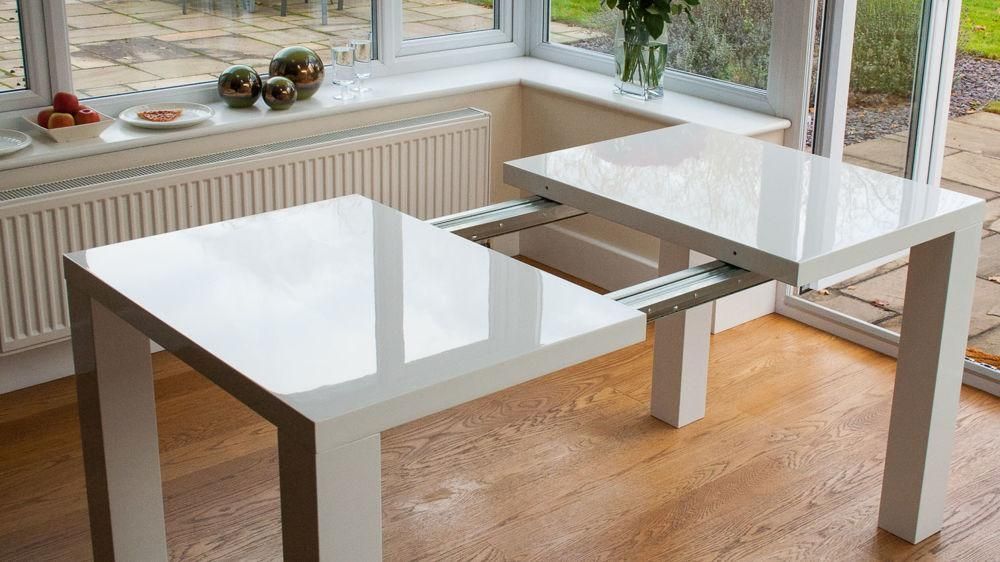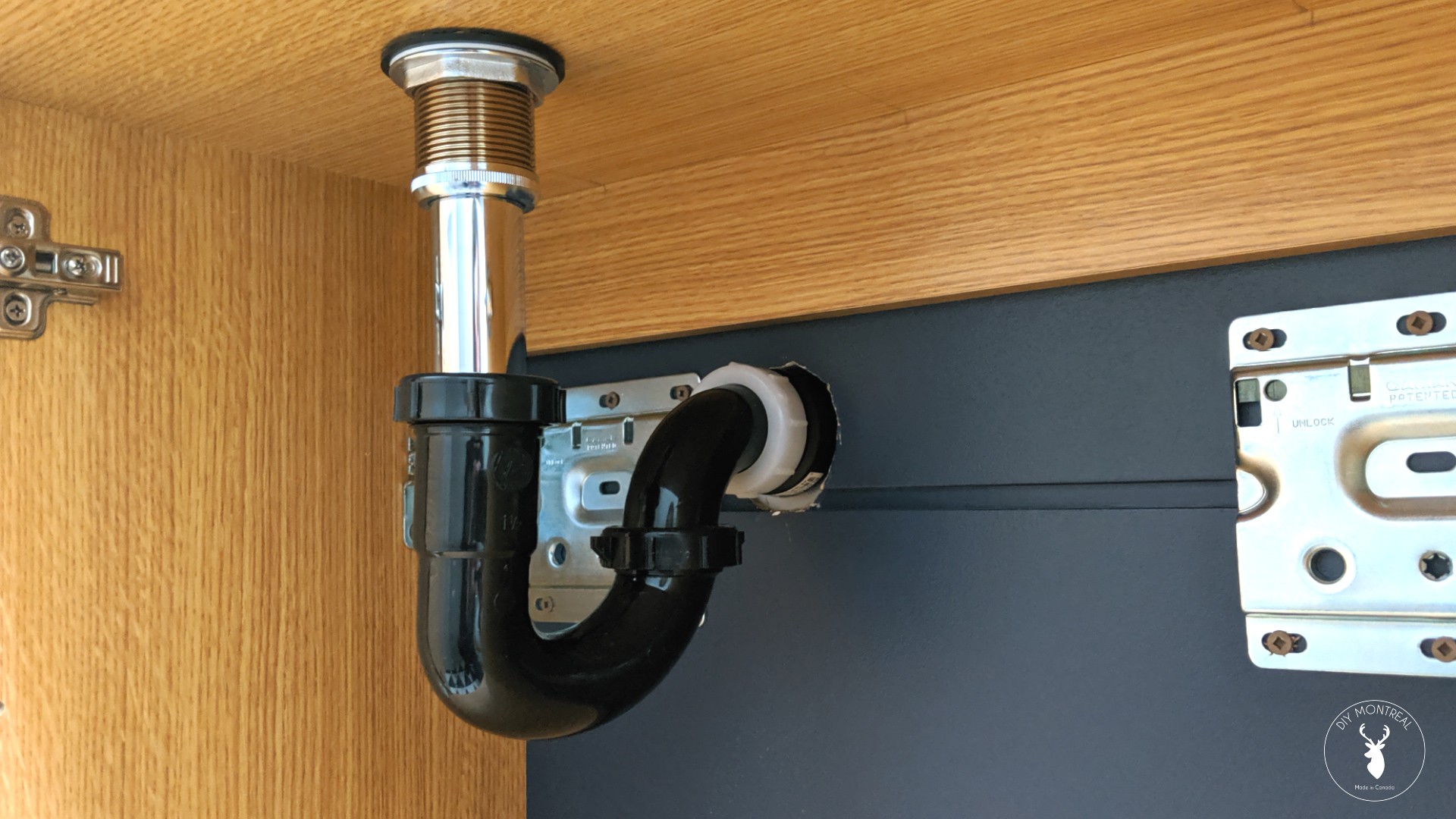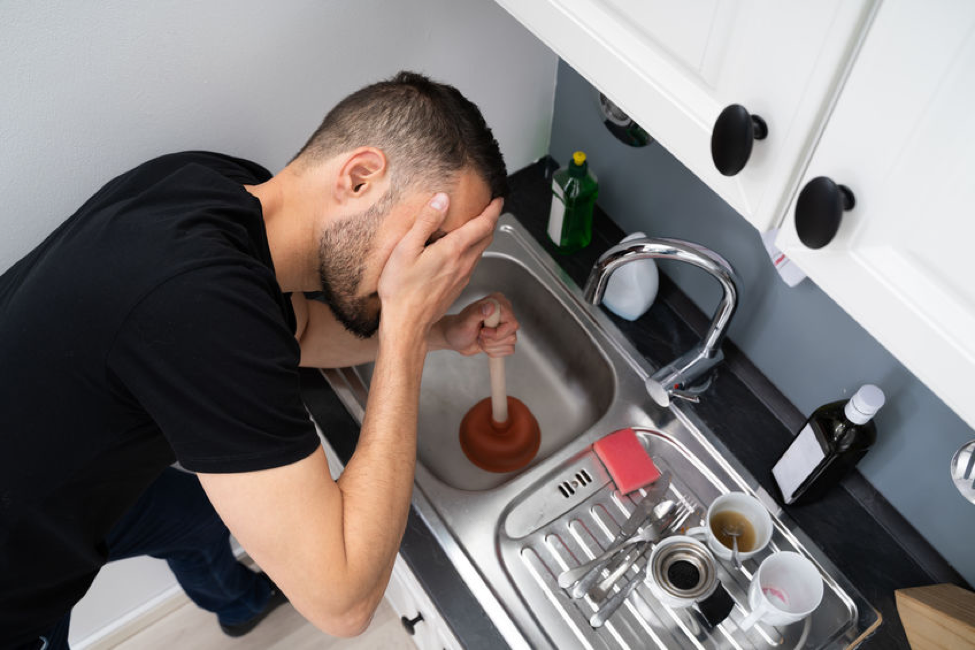Bathroom Sink Drain Partially Closed
A partially closed bathroom sink drain can be a frustrating and inconvenient problem. Not only does it slow down the draining process, but it can also lead to unpleasant odors and even water damage if left untreated. Fortunately, there are several solutions to this common issue that can help get your bathroom sink back to functioning properly.
How to Unclog a Bathroom Sink Drain
Before attempting any solutions for a partially closed bathroom sink drain, it's important to try and unclog it first. This can be done by removing any visible debris or hair from the drain using a pair of tweezers or a small drain snake. You can also try using a mixture of equal parts baking soda and vinegar, followed by boiling water, to break up any clogs. If these methods don't work, it's time to move on to more advanced solutions.
Common Causes of a Slow-Draining Bathroom Sink
Understanding the common causes of a slow-draining bathroom sink can help prevent it from happening in the future. Some of the most common culprits include hair, soap scum, toothpaste, and other debris getting caught in the drain. Additionally, hard water deposits and mineral buildup can also contribute to a slow-draining sink. Keeping these factors in mind can help you determine the best solution for your specific situation.
DIY Solutions for a Partially Closed Bathroom Sink Drain
For those who prefer a more hands-on approach, there are several DIY solutions for a partially closed bathroom sink drain. One option is to use a plunger to create suction and dislodge any clogs. You can also try using a bent wire hanger or a drain snake to physically remove any obstructions in the drain. Another DIY solution is to pour a mixture of hot water and dish soap down the drain to help break up any buildup.
Using a Plunger to Clear a Partially Closed Bathroom Sink Drain
Using a plunger can be an effective way to clear a partially closed bathroom sink drain. To do so, fill the sink with enough water to cover the plunger and create a tight seal. Then, place the plunger over the drain and push down and pull up several times to create suction. This should help dislodge any clogs and allow the water to drain freely.
Chemical Drain Cleaners for a Partially Closed Bathroom Sink Drain
If DIY methods don't work, you may want to try using a chemical drain cleaner to clear a partially closed bathroom sink drain. These products contain strong chemicals that can dissolve clogs and break up buildup. However, they can also be harsh on your pipes and should be used sparingly. Make sure to follow the instructions carefully and wear protective gloves and eyewear when using these products.
Professional Plumbing Services for a Partially Closed Bathroom Sink Drain
For more stubborn or severe cases of a partially closed bathroom sink drain, it may be necessary to seek professional plumbing services. A licensed plumber will have the necessary tools and expertise to properly diagnose and fix the issue. They may also be able to provide tips and advice for preventing future clogs and maintaining a clear drain.
Preventing a Partially Closed Bathroom Sink Drain
Taking preventative measures can help keep your bathroom sink drain from becoming partially closed in the first place. This includes regularly removing any visible debris from the drain, using a drain cover to catch hair and other particles, and avoiding pouring grease or oil down the drain. You may also want to consider using a drain cleaner or hot water and dish soap mixture on a monthly basis to prevent buildup.
Troubleshooting a Partially Closed Bathroom Sink Drain
If you've tried all of the above solutions and your bathroom sink drain is still partially closed, it may be time to troubleshoot the issue. This could include checking for any leaks or cracks in the pipes, ensuring the vent pipe is clear, and checking the water pressure. It may also be helpful to consult with a professional plumber for further guidance.
How to Maintain a Clear Bathroom Sink Drain
Once you've successfully cleared your partially closed bathroom sink drain, it's important to maintain it to prevent future issues. This can be done by regularly removing debris and using a drain cleaner or hot water and dish soap mixture on a monthly basis. You may also want to consider installing a drain cover to catch any hair or particles before they can cause a clog. Consistent maintenance can help keep your bathroom sink draining properly for years to come.
The Importance of Proper Drainage in Bathroom Sink Design

Why Proper Drainage Matters
 When it comes to designing a bathroom, the sink may not be the first thing that comes to mind. However, the sink and its drain play a crucial role in the overall functionality and aesthetic of the space. A
bathroom sink drain partially closed
can lead to various issues that can affect the overall design and function of the bathroom.
One of the main reasons why proper drainage matters is to prevent clogging. A
clogged bathroom sink drain
can cause water to back up, leading to unpleasant odors and potential leaks. This not only creates a messy and unhygienic environment, but it can also cause damage to the sink and surrounding fixtures. By ensuring proper drainage, you can prevent these issues and maintain a clean and functional bathroom.
When it comes to designing a bathroom, the sink may not be the first thing that comes to mind. However, the sink and its drain play a crucial role in the overall functionality and aesthetic of the space. A
bathroom sink drain partially closed
can lead to various issues that can affect the overall design and function of the bathroom.
One of the main reasons why proper drainage matters is to prevent clogging. A
clogged bathroom sink drain
can cause water to back up, leading to unpleasant odors and potential leaks. This not only creates a messy and unhygienic environment, but it can also cause damage to the sink and surrounding fixtures. By ensuring proper drainage, you can prevent these issues and maintain a clean and functional bathroom.
The Role of Design in Drainage
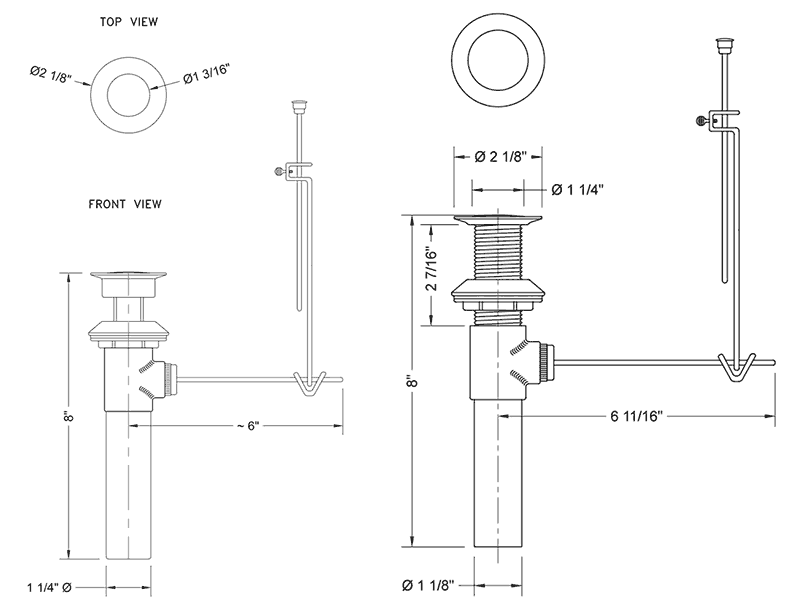 While proper drainage is essential, it does not mean sacrificing design. In fact, a well-designed sink and drain can enhance the overall look and feel of the bathroom. This is where
professional house design
comes into play. A skilled designer will take into consideration the type of sink and its placement in relation to the drainage system.
For instance, a
pedestal sink
may look sleek and modern, but it may not have as much storage space as a
vanity sink
. In this case, a designer may suggest incorporating a
hidden drain
that not only maintains the aesthetic but also ensures proper drainage. This attention to detail can make all the difference in creating a functional and visually appealing bathroom.
While proper drainage is essential, it does not mean sacrificing design. In fact, a well-designed sink and drain can enhance the overall look and feel of the bathroom. This is where
professional house design
comes into play. A skilled designer will take into consideration the type of sink and its placement in relation to the drainage system.
For instance, a
pedestal sink
may look sleek and modern, but it may not have as much storage space as a
vanity sink
. In this case, a designer may suggest incorporating a
hidden drain
that not only maintains the aesthetic but also ensures proper drainage. This attention to detail can make all the difference in creating a functional and visually appealing bathroom.
Choosing the Right Materials
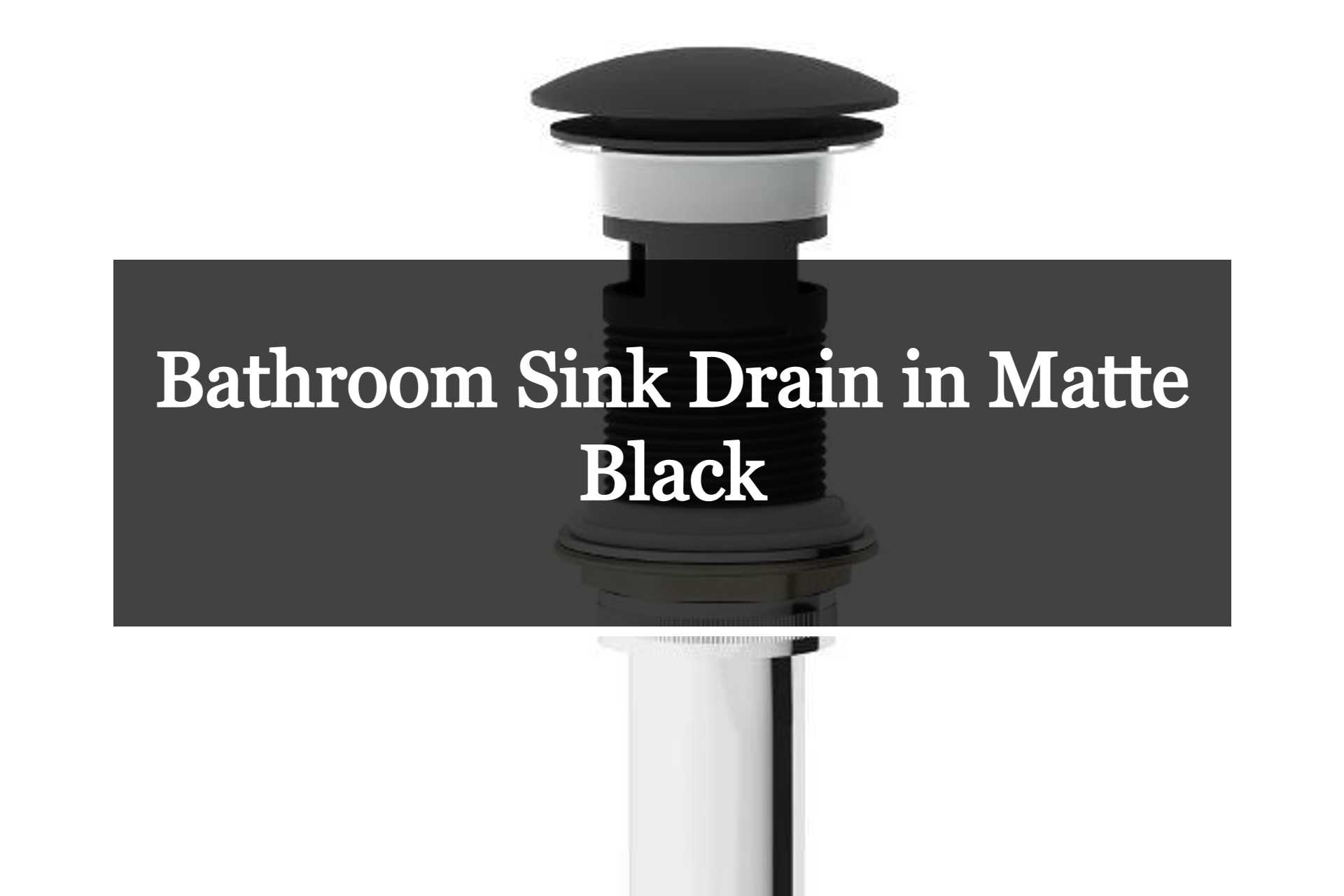 In addition to the design, the materials used for the sink and drain can also play a role in proper drainage. For example, a
porcelain sink
may look elegant, but it can also be prone to staining and chipping. This can lead to buildup and clogs in the drain over time. On the other hand, a
stainless steel sink
is more durable and easier to clean, reducing the risk of drainage issues.
It is also important to consider the materials used for the drain itself. A
metal drain
may be more durable, but it can also be prone to rust and buildup. This can lead to a
partially closed bathroom sink drain
and require frequent cleaning or replacement. Opting for a
plastic or PVC drain
can eliminate this issue and provide a more long-lasting solution.
In addition to the design, the materials used for the sink and drain can also play a role in proper drainage. For example, a
porcelain sink
may look elegant, but it can also be prone to staining and chipping. This can lead to buildup and clogs in the drain over time. On the other hand, a
stainless steel sink
is more durable and easier to clean, reducing the risk of drainage issues.
It is also important to consider the materials used for the drain itself. A
metal drain
may be more durable, but it can also be prone to rust and buildup. This can lead to a
partially closed bathroom sink drain
and require frequent cleaning or replacement. Opting for a
plastic or PVC drain
can eliminate this issue and provide a more long-lasting solution.
In Conclusion
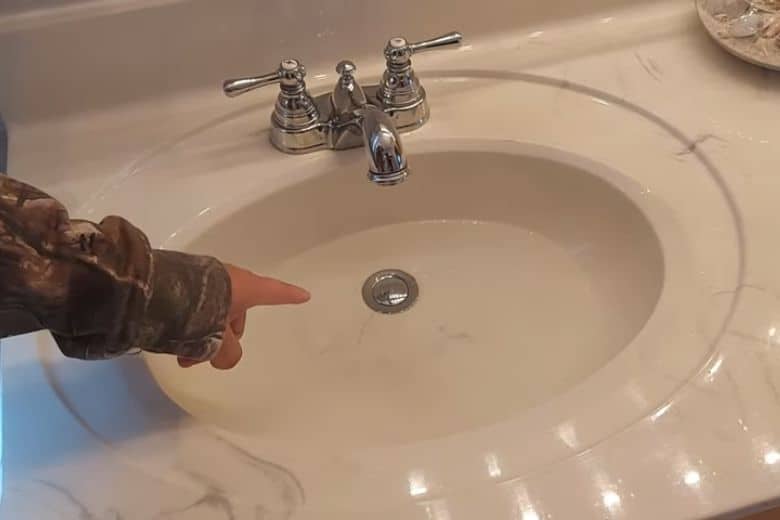 The sink and its drain may seem like a small aspect of bathroom design, but they play a significant role in its overall functionality and aesthetics. By prioritizing proper drainage and working with a skilled designer, you can create a beautiful and functional bathroom that is free of clogs and other drainage issues. Remember to consider the design, materials, and placement of the sink and drain to achieve the best results.
The sink and its drain may seem like a small aspect of bathroom design, but they play a significant role in its overall functionality and aesthetics. By prioritizing proper drainage and working with a skilled designer, you can create a beautiful and functional bathroom that is free of clogs and other drainage issues. Remember to consider the design, materials, and placement of the sink and drain to achieve the best results.


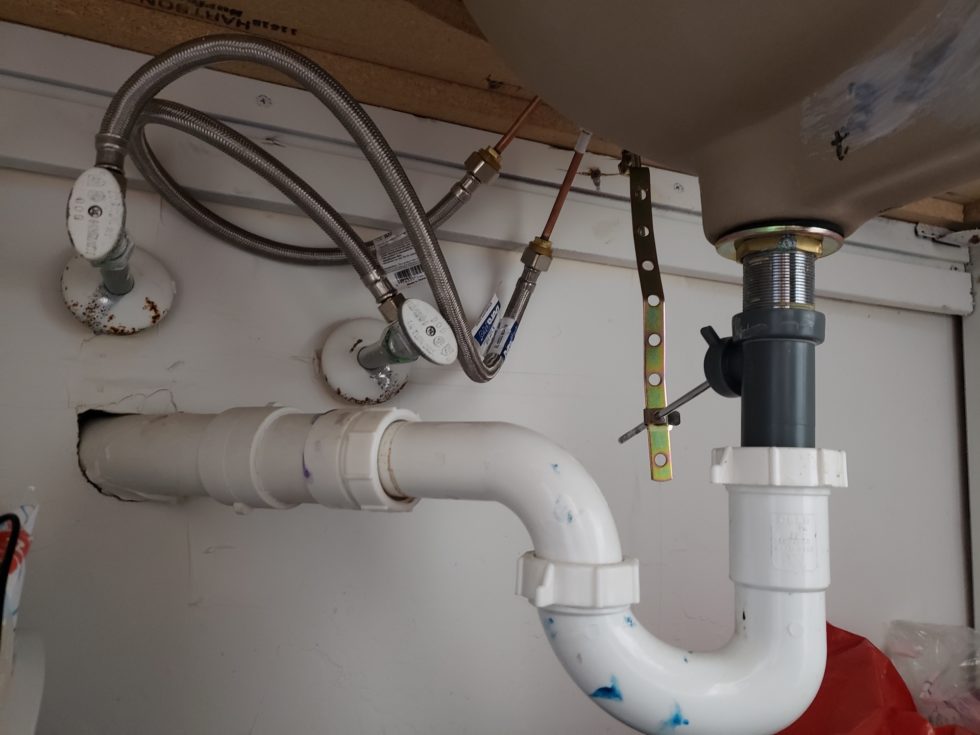
/bathroom-sink-drain-installation-2718843-03-6fee5b9d9f7d475abfe06a95ddb1f695.jpg)

:max_bytes(150000):strip_icc()/bathroom-sink-drain-installation-2718843-02-61e5ecbee1e949be8d8f45ac4f5a6797.jpg)






:max_bytes(150000):strip_icc()/freshen-and-unclog-drain-with-baking-soda-1900466-22-bbf940b70afa4d5abef0c54da23b1d3f.jpg)





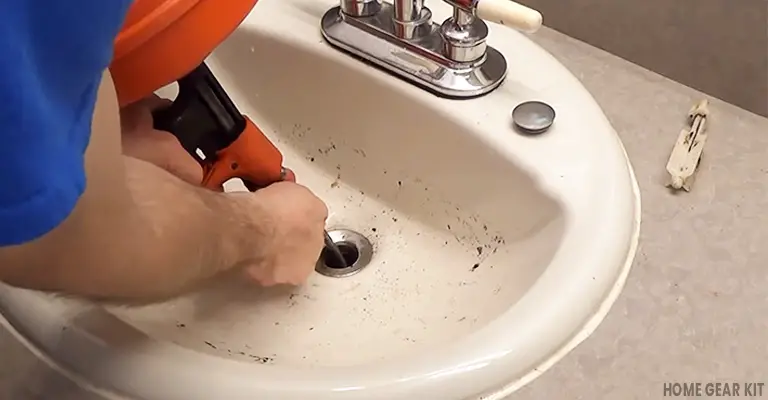




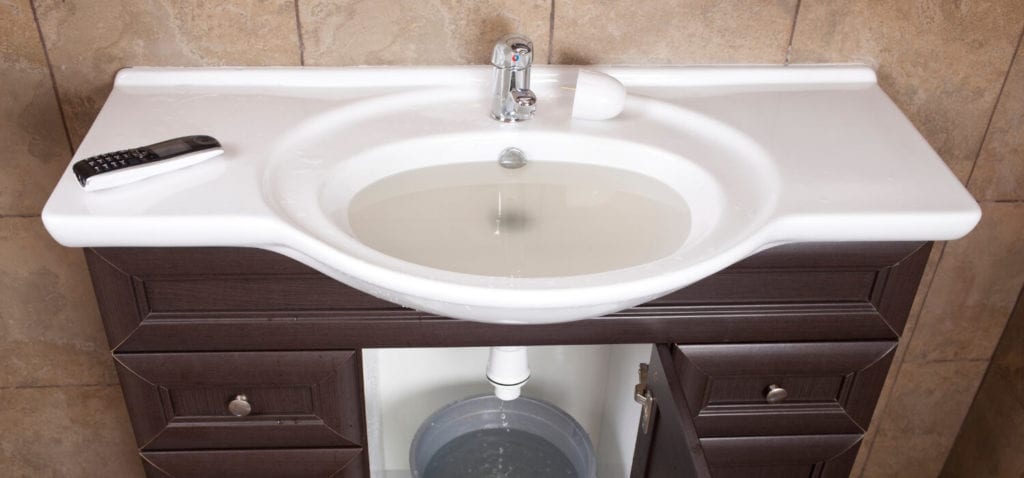

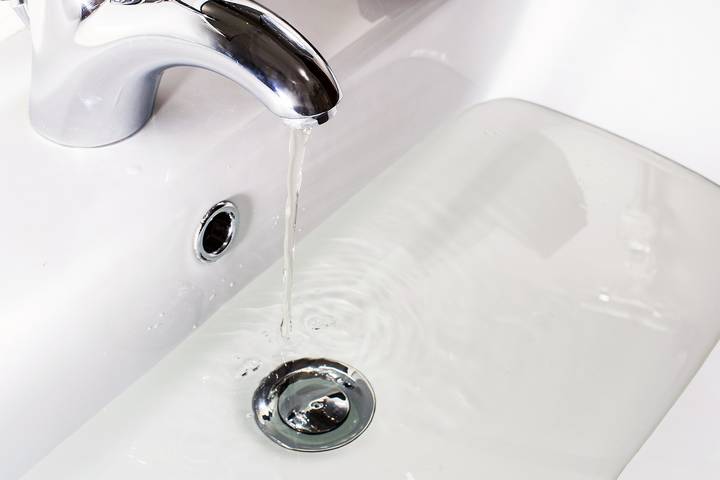

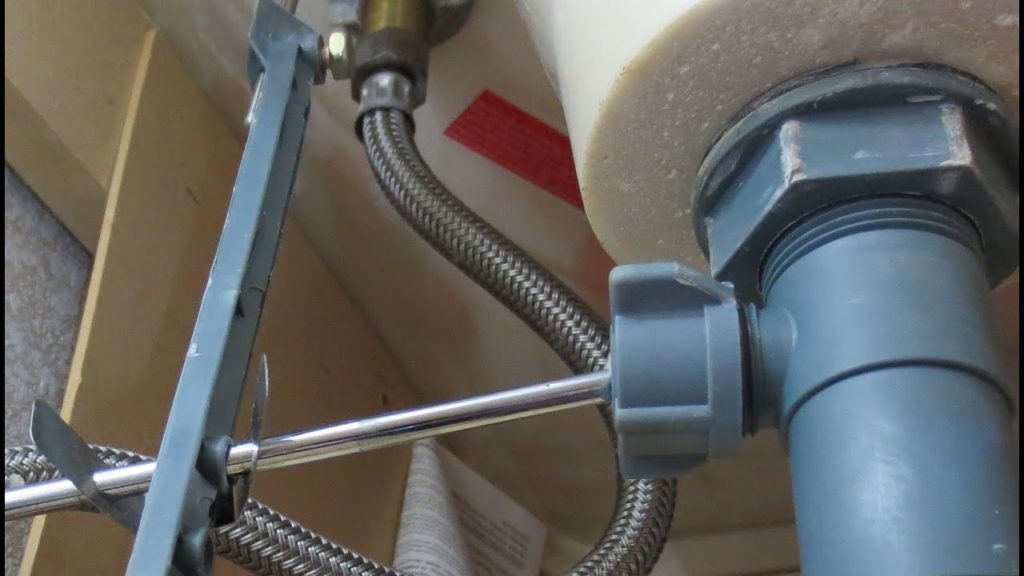
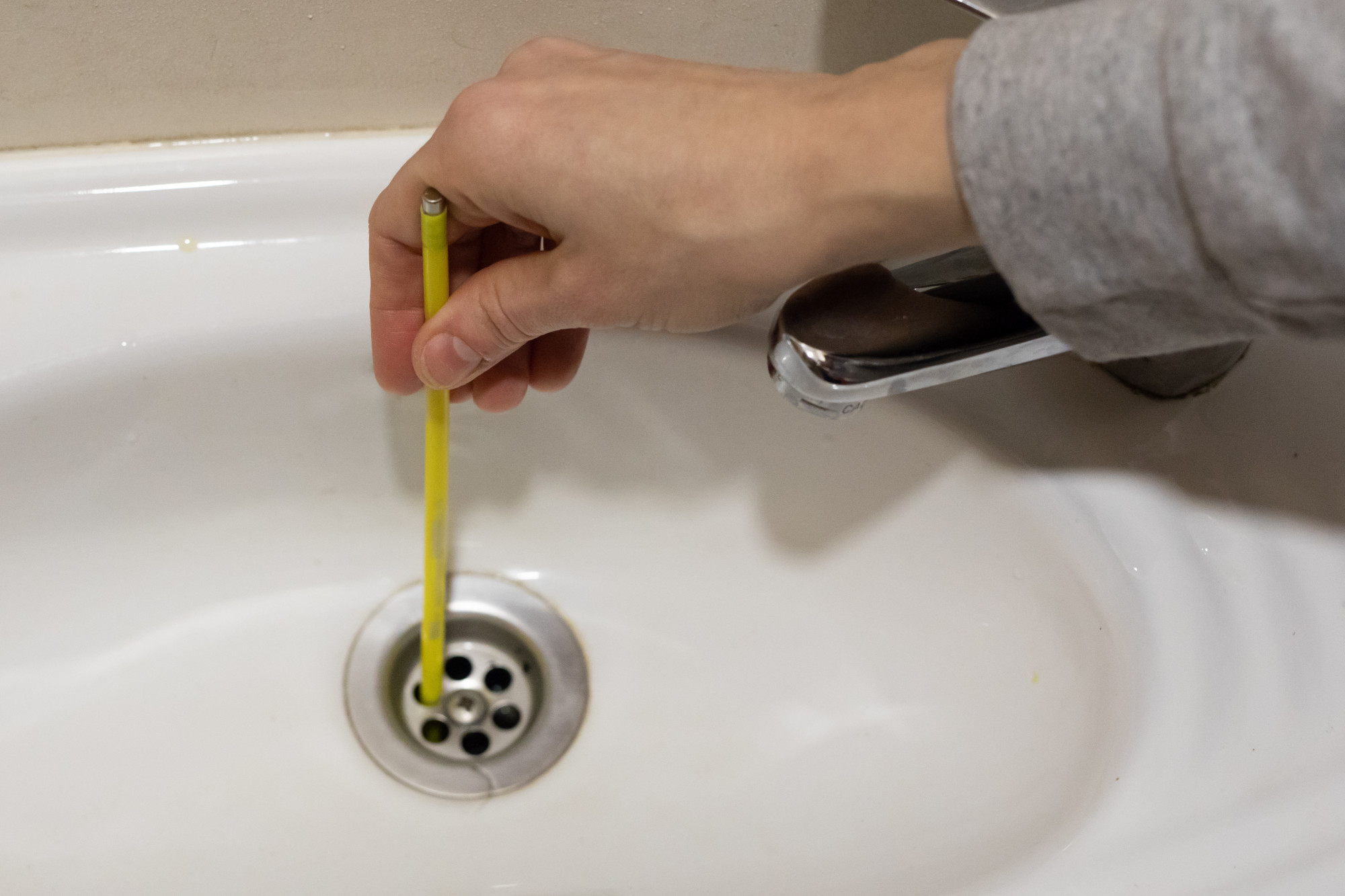











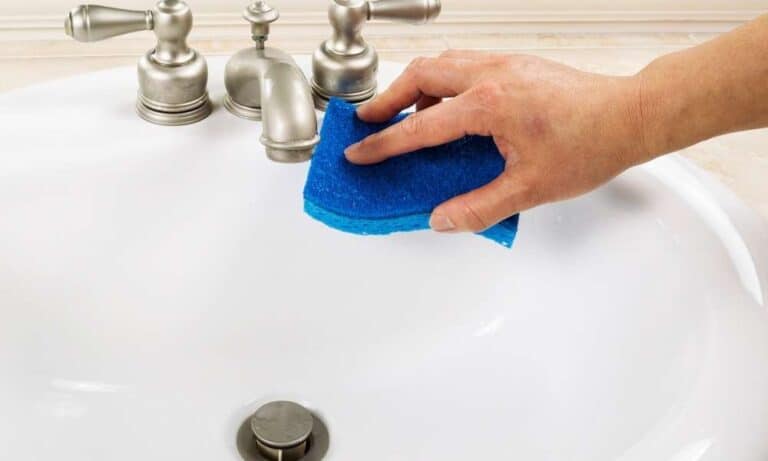
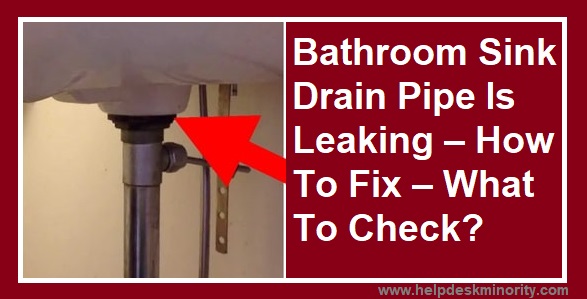


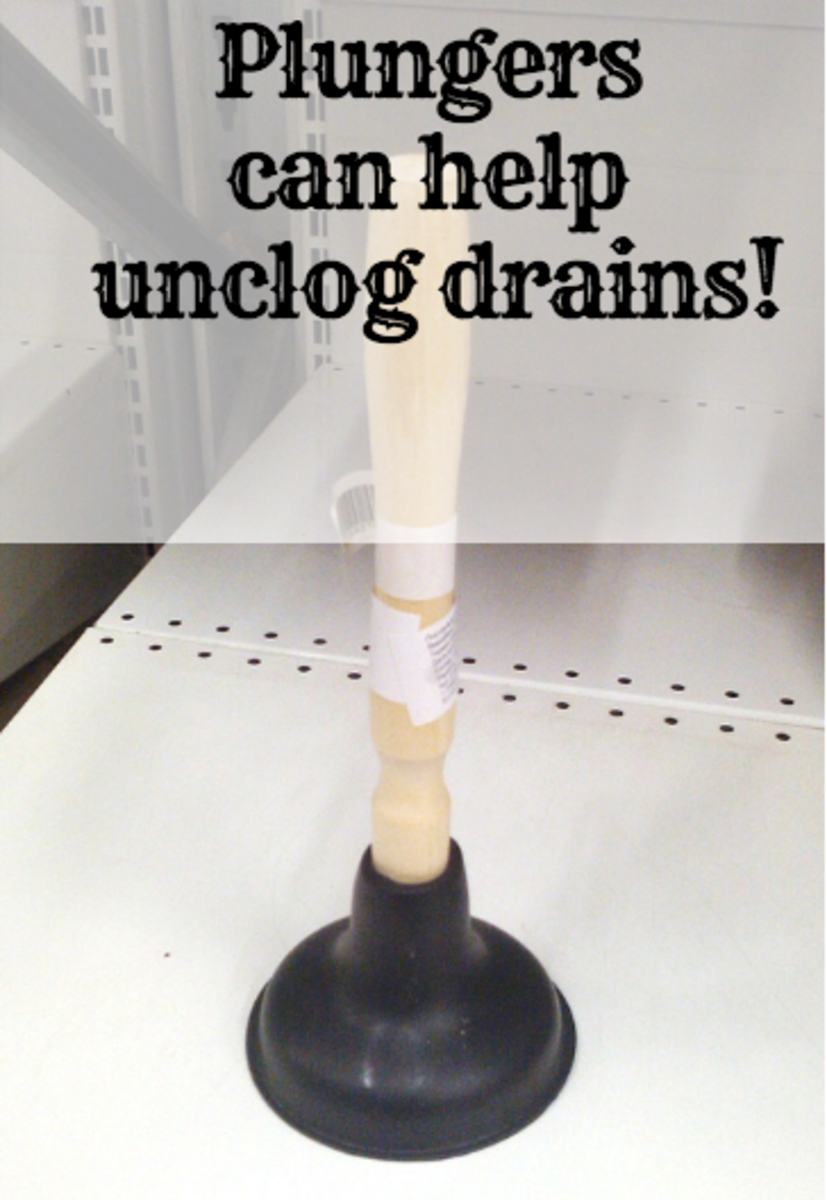
/woman-wearing-yellow-washing-up-gloves-to-unblock-sink-using-plunger-close-up-131987463-5887cfc03df78c2ccd92ec9e.jpg)
